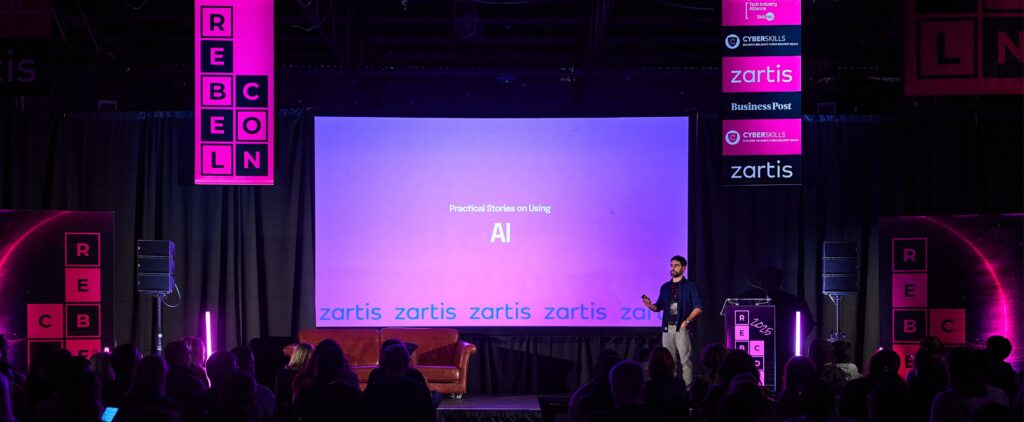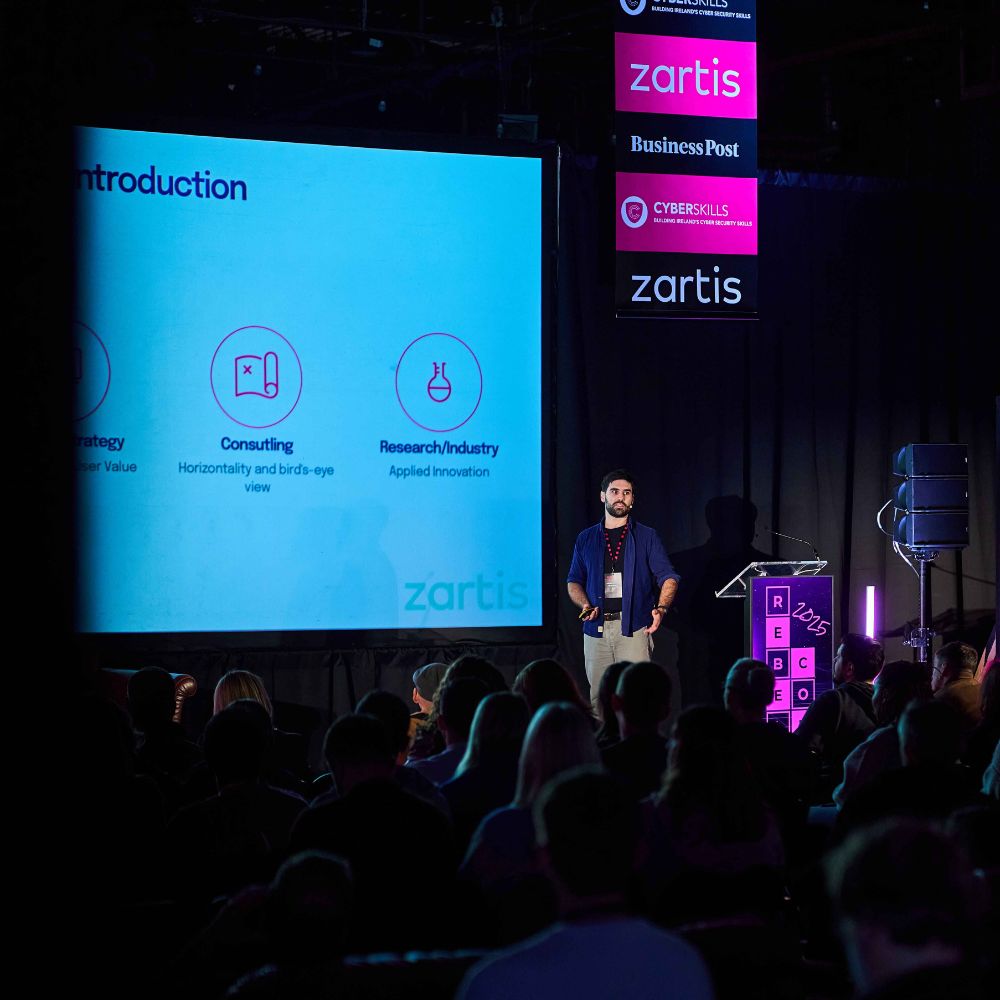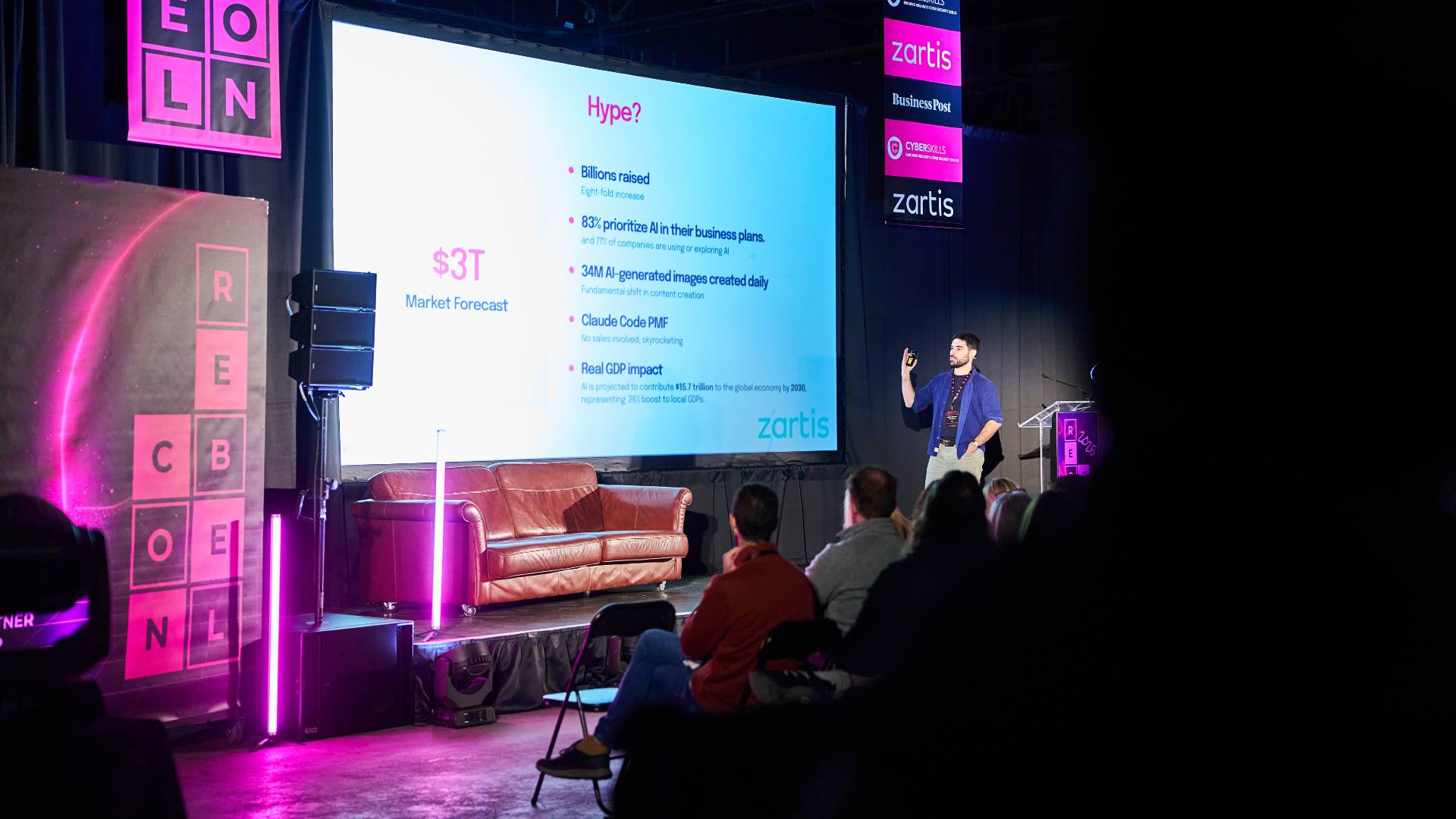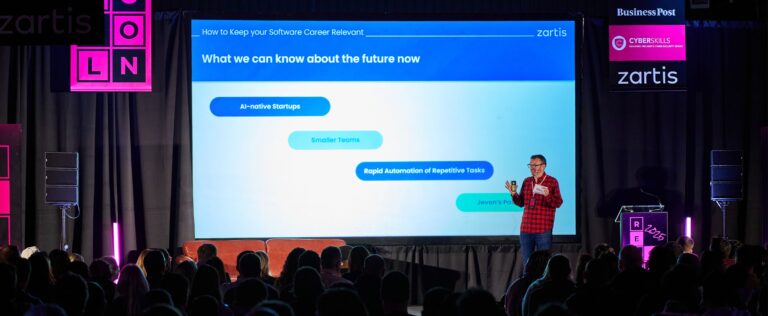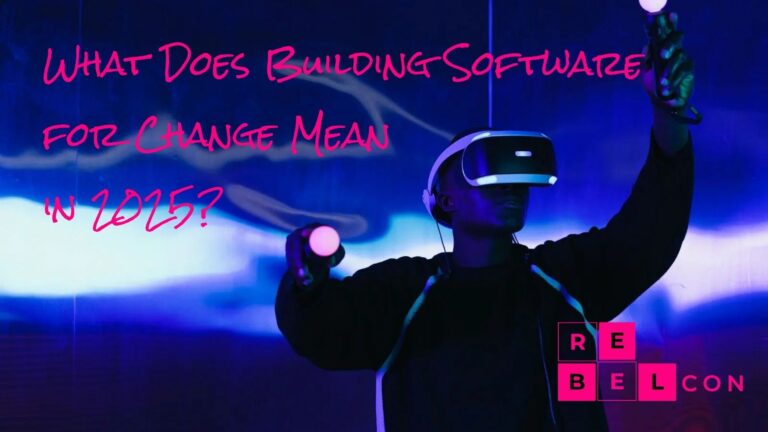I1. Introduction: From Demos to Discipline
Large Language Models (LLMs) represent a transformative leap in technology, yet organizations frequently struggle to move beyond impressive demos toward reliable, production-grade AI systems. Many projects fall into a “frustration loop”: enthusiasm drives rapid prototyping, but the resulting tools are brittle, inconsistent, and ultimately abandoned. Only 5% of companies report ROI from generative AI—a reflection of the gap between the simplicity of use and the complexity of deployment.
Sustainable progress demands moving beyond superficial prompting toward a deep, engineering-driven understanding of model behavior. True control lies not in crafting prompts but in managing two fundamental challenges: hallucination (inaccuracy) and non-determinism (unpredictability). By approaching these issues scientifically, AI can evolve from a creative toy into a reliable industrial tool.
2. Rethinking Hallucination: From Bug to Predictable Phenomenon
Hallucinations are not random “failures” but predictable outcomes rooted in how LLMs compress and reconstruct language. Models are effectively trained to fake certainty, penalized for expressing uncertainty (“I’m not sure”). Hallucinations are a systematic limitation of how neural networks represent reality through finite parameters – a compression failure.
Four Analytical Lenses
- Statistical Lens:
Hallucinations stem from data gaps and flawed reward systems. High “singleton rates” (facts seen once during training) predict higher hallucination risk. Engineers can assess domain risk by analyzing data density and design guardrails accordingly. - Sociotechnical Lens:
Reinforcement learning often rewards models for guessing rather than admitting ignorance. Thus, hallucination becomes optimal behavior. Rather than pretending elimination is possible, engineers should accept and contain it—through fallback systems, validation layers, and human review. - Information-Theoretic Lens:
Every model response carries an “information cost.” When the model’s internal “compression budget” is exceeded, hallucination risk rises. Monitoring signals such as entropy (output uncertainty) can predict when the model is struggling, allowing systems to intervene preemptively. - Mechanistic Lens:
Hallucinations emerge through a three-stage failure sequence:- Attention Collapse (loss of focus)
- Representational Drift (deviation from grounded knowledge)
- Spurious Confidence (overconfident false output)
Detecting this pattern in open models enables real-time hallucination diagnosis.
3. Blueprint for Detection and Mitigation
Moving from reactive prompt engineering to systematic signal monitoring is key.
- Entropy Monitoring: High-entropy spikes flag model confusion. Tracking these enables targeted review and incremental improvement.
- Detection Stack: Combine multiple signals—logits-level metrics, output-level language checks, and internal-layer monitoring—to compute a composite reliability score.
- Information Retrieval Pragmatism: While Retrieval-Augmented Generation (RAG) helps, pragmatism should be over architecture. In some domains, simple keyword or graph-based searches outperform complex pipelines. The priority is accuracy and reliability, not adherence to fashionable frameworks.
4. Engineering Determinism in Probabilistic Systems
Business users require reliable, repeatable outputs. While LLMs are inherently probabilistic, determinism is achievable through control of both model and system parameters.
4.1 The Myth of Randomness
Experiments show that with fixed inputs and controlled parameters, an LLM can produce identical outputs across thousands of runs. Randomness arises mainly from system-level artifacts (e.g., hardware floating-point variance, dynamic batching), not from the model’s mathematical structure.
4.2 Engineering Control Parameters
Engineers can enforce predictability using:
- Temperature: Lowering to 0 enforces “greedy decoding” for deterministic outputs.
- Seed Control: Ensures identical randomization sequences for reproducible results.
- Nucleus Sampling: Limits token choice to the top cumulative probability mass (p).
- Logit Bias: Manually increases or suppresses specific token probabilities—an underused but powerful lever for semantic control.
4.3 Constrained Decoding (Structured Outputs)
The most advanced form of control, constrained decoding, forbids unwanted tokens and enforces strict schema adherence (e.g., JSON, grammatical or brand tone consistency). It transforms LLM use from prompt crafting to semantic engineering, allowing outputs that are both structured and brand-aligned.
5. From Agents to Systems: A New Engineering Paradigm
Engineers have to shift from “agentic prompting” to systems engineering discipline. A reliable AI product is not a single LLM call but a multi-stage architecture combining specialized models, classical code, and intelligent data retrieval. One case study evolved from a simple KPI-extraction agent with 20% accuracy to a complex hybrid system achieving near-perfect results—through methodical iteration.
Five Principles for Production-Ready AI
- Embrace Complexity: Treat AI deployment as a long-term engineering challenge, not a hackathon project.
- Think in Neural Networks: Focus creativity on manipulating model mechanics—attention, probability, and decoding—not just wording.
- Build Real Solutions: Anchor AI projects in measurable business outcomes.
- Favor Method Over Magic: Replace hype with rigorous testing, metrics, and reproducibility.
- Lead with Strategy: Start with a real business problem, then apply AI as a precision tool.
Conclusion
Reliable, deterministic AI is not achieved through prompt wizardry but through scientific understanding and disciplined system design. Hallucinations and randomness are not unsolvable flaws but manageable engineering phenomena. The transition from chaotic experimentation to controlled production demands that AI teams act less like prompt artists and more like systems engineers.
The message is clear: the technology is transformative—but the transformation depends on us.
